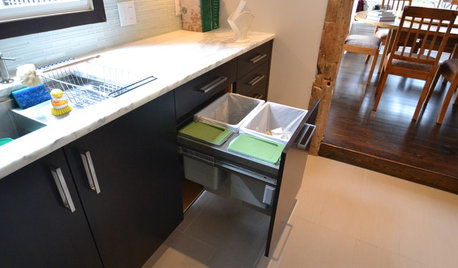ash-like stuff in compost
luckygal
14 years ago
Featured Answer
Comments (27)
coffeehaus
14 years agospiced_ham
14 years agoRelated Professionals
Lakewood Landscape Architects & Landscape Designers · East Patchogue Landscape Architects & Landscape Designers · Frisco Landscape Contractors · Alpharetta Landscape Contractors · Brooklyn Park Landscape Contractors · Brownsville Landscape Contractors · Cerritos Landscape Contractors · Chesapeake Ranch Estates Landscape Contractors · Lemay Landscape Contractors · New Berlin Landscape Contractors · Rosemount Landscape Contractors · Arlington Heights Decks, Patios & Outdoor Enclosures · Fishers Decks, Patios & Outdoor Enclosures · Fresno Decks, Patios & Outdoor Enclosures · Frisco Decks, Patios & Outdoor EnclosuresDan _Staley (5b Sunset 2B AHS 7)
14 years agocoffeehaus
14 years agoKimmsr
14 years agocowgirl2
14 years agoDan _Staley (5b Sunset 2B AHS 7)
14 years agoluckygal
14 years agojbann23
14 years agoluckygal
14 years agodirtydan
14 years agodirtydan
14 years agocoffeehaus
14 years agolazy_gardens
14 years agoterran
14 years agorj_hythloday
14 years agoluckygal
14 years agoterran
14 years agojoebob
14 years agoLloyd
14 years agoluckygal
14 years agojoe.jr317
14 years agoHU-839379563
3 years agogardengal48 (PNW Z8/9)
3 years agoarmoured
3 years agoKevin Carpenter
2 years ago
Related Stories

GARDENING GUIDESGet on a Composting Kick (Hello, Free Fertilizer!)
Quit shelling out for pricey substitutes that aren’t even as good. Here’s how to give your soil the best while lightening your trash load
Full Story
HALLOWEENEasy Halloween Decorations From Stuff You Already Have
Go spooky or sophisticated with these DIY mantel decorations made from household items
Full Story
MORE ROOMSDorm Life: Cool Stuff for a Music Lover's Room
Outfit Your Tiny College Home for the Best 9-Month Tour Ever
Full Story
DECORATING GUIDESRadiator Covers Like You’ve Never Seen
From custom to DIY, these 10 ideas will help the radiator blend in, become a storage standout or both
Full Story
MIDCENTURY STYLEWhich ‘Mad Men’ Prop Would You Like for Your House?
Fancy a pair of Don Draper’s office chairs or Peggy’s blue typewriter? Vintage props from the TV show are up for auction
Full Story
GARDENING GUIDESHouzz TV: Make a Worm Bin for Rich Soil and Happy Plants
A worm-powered compost bin that can fit under a sink turns food scraps into a powerful amendment for your garden. Here’s how to make one
Full Story
SHOP HOUZZShop Houzz: 4 Ways to Show You Really Love Our Planet
Compost, recycle and save water and energy with these earth-loving picks
Full Story
DECORATING GUIDESBudget Decorating: How to Decorate Smart and Slow
To make the most of your decorating dollar, forgo the disposable stuff, think vintage and free first and give yourself a splurge
Full Story
SMALL SPACESHow Portability Can Make You Happier at Home
Downsizing your stuff and going for maximum mobility can actually make your home feel bigger and your life feel fuller
Full Story
CLOSETSThe 15 Most Popular Closet Luxuries on Houzz
Turn distressing disarray into streamlined perfection with closet organizers and amenities like these
Full Story





Karchita